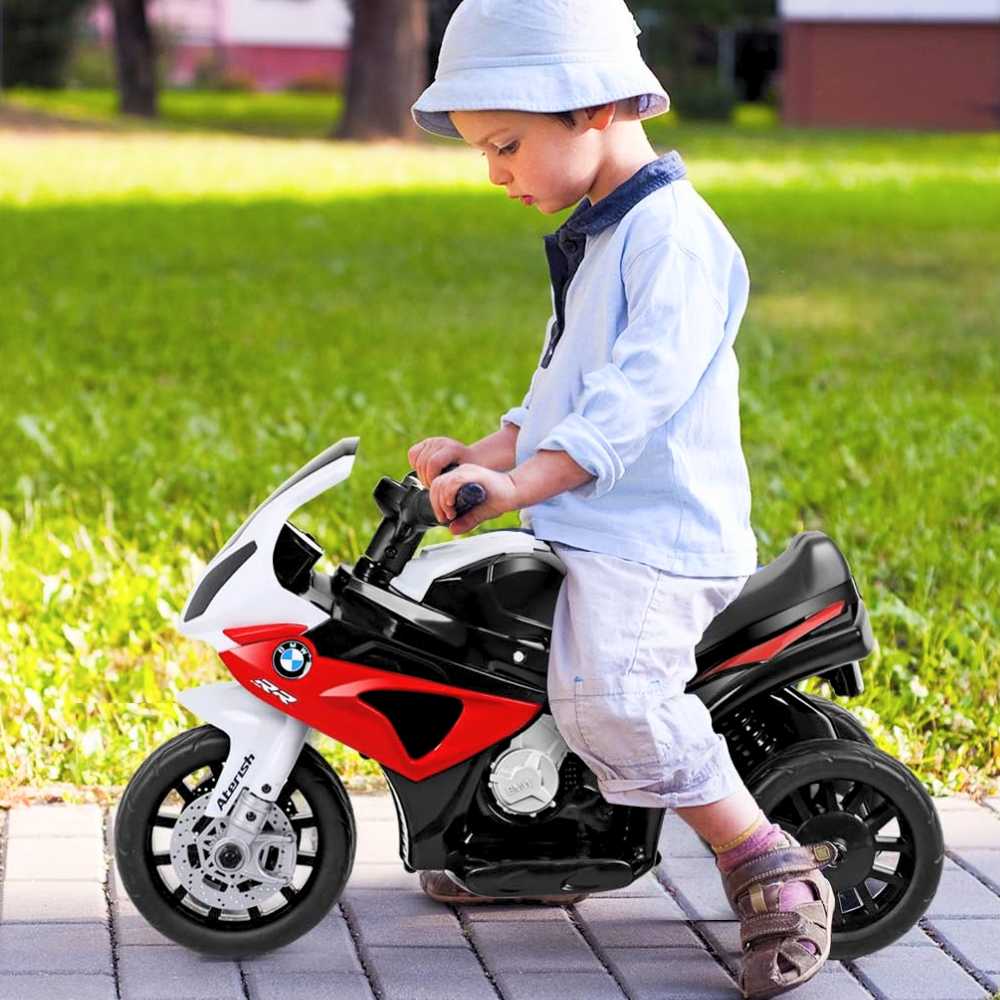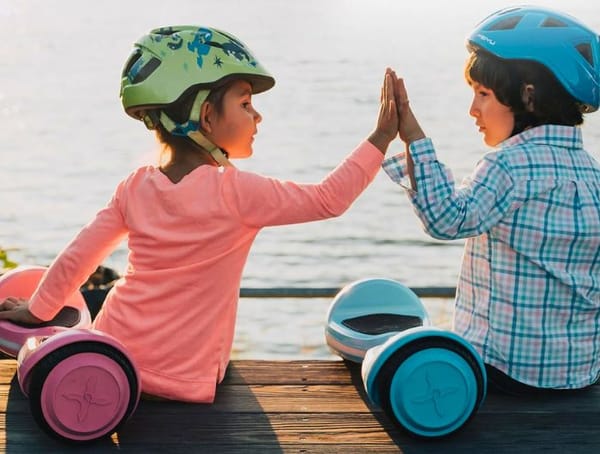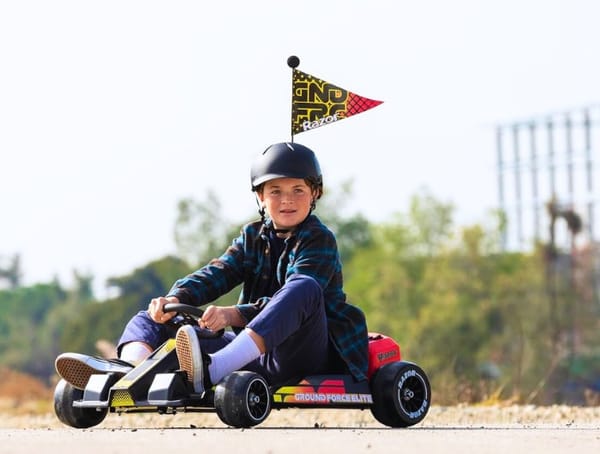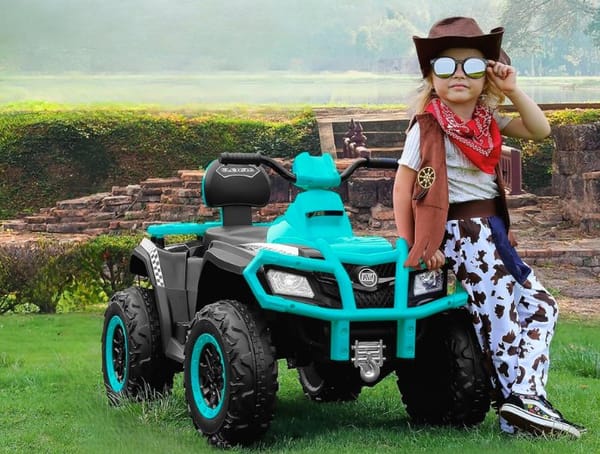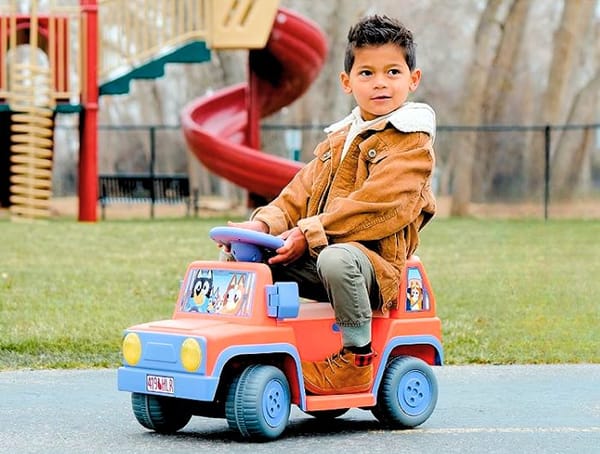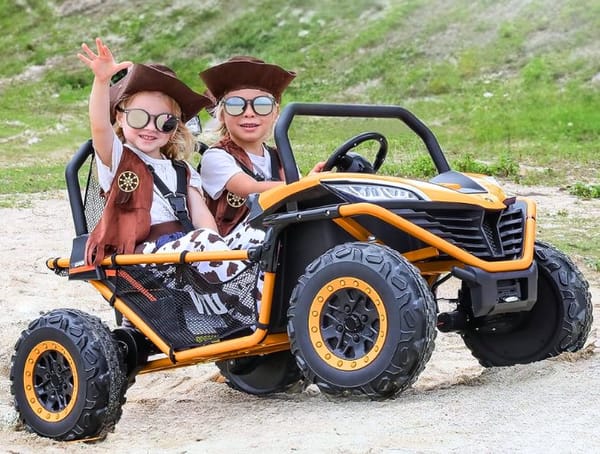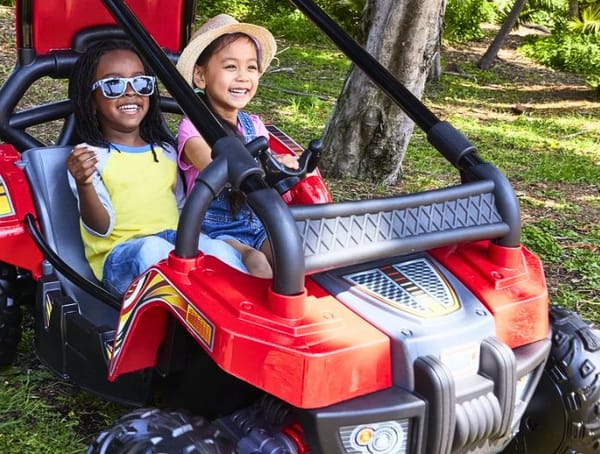Today, we're stepping into the playful and developmental world of ride-on toys. If you've ever seen your little one's eyes light up at the sight of a ride-on toy, you know there's something special about them.
But are these toys just fun playthings, or do they offer more? Let's dive into why ride-on toys are not just a hit among toddlers but also a parent's ally in nurturing growth.
The Many Benefits of Ride-On Toys
Physical Development at Its Best
Picture your little one, eyes sparkling with excitement, hopping onto a balance bike or scooter for the first time. These ride-on toys help tiny hands and feet master the art of movement. Steering those handlebars? That’s fine motor skills in action. And pushing off the ground to glide along? Hello, gross motor skills! It’s amazing to see them in action, isn't it?
But wait, there’s more! Remember the first time you tried to balance on one foot? Not so easy, right? Well, ride-on toys are like balance boot camps for toddlers. They learn to shift their weight, coordinate movements, and keep themselves upright. All which are key balance and coordination skills for future bike riders and active adventurers.
Cognitive Development and Emotional Growth
Toddler Ride-on toys are not just for zooming around. Oh no, they're like little imagination stations on wheels. Picture your child cruising on their ride on car, face alight with joy. They're not just moving; they're embarking on epic adventures. Maybe they're a knight, a space explorer, or a race car driver. This play sparks independence and freedom, laying the bricks for emotional growth and creativity.
And here’s the kicker - these toys are secret agents of problem-solving. Ever watched your toddler figure out how to maneuver around obstacles or decide which path to take? That's them, solving problems on the fly. Each challenge they overcome is a win for their cognitive development.
It's not just about giving them toys; it's about unlocking doors to new worlds of learning and emotional richness. Here's to nurturing little thinkers and feelers, ready to take on the world with imagination and resilience.
Social Skills Through Shared Play
Sharing isn't just about handing over a toy; it's a golden ticket to understanding empathy, patience, and cooperation. These are the building blocks of friendship and, ultimately, of becoming kind, considerate humans.
Ride-on toys? They're not just vehicles for fun. They’re vessels for learning to wait, to cheer on a friend, and to feel the joy of giving. Each turn they take, each moment they patiently wait, they're not just playing; they're growing.
So, let’s encourage more shared play, more moments of ‘your turn, my turn’. It’s in these playful exchanges that our children learn the essence of being together, of understanding and caring for one another.
Outdoor Play: Promoting Healthier Lifestyle
Outdoor play isn't just fun; it’s a cornerstone of a healthier lifestyle for our kiddos.
You know what's a fantastic way to lure them into the great outdoors? Ride-on toys! Their tiny legs pedaling away on a tricycle or their laughter as they navigate a toy car.
Choosing the right ride-on toy can turn any backyard into an adventure land. It encourages your child to learn to ride, fostering a sense of independence and confidence. Plus, these toys require physical effort, promoting exercise and outdoor activity in the most delightful way.
But remember, it’s crucial to pick the right toy. Safety first, always. Look for something that matches your child's age and skill level. An electric ride-on might be perfect for your adventurous four-year-old, while a simple push car could be the dream toy for your toddler.
Using ride-on toys, they learn to take risks within the safety net you provide. And let’s not forget, they sleep like angels after a day full of outdoor play.
Age-Appropriate Ride on Toys for Toddlers
For our littlest ones, aged 18 months to 2 years, stability is key. They're just getting the hang of this whole balance thing, so a ride-on toy that's low to the ground and doesn't tip over easily is your best bet.
Think wide bases, easy-grip handles, and wheels that glide smoothly but aren’t too fast. It gives them that thrilling sense of independence without the constant tumbles.
As they grow, their needs change. Safety, however, remains non-negotiable. Always opt for ride-ons with safety features - think seat belts for cars or footrests for bikes. And no matter how steady they seem, never skip supervision. Those little daredevils can surprise you!
Remember, the goal is to challenge them just enough to foster growth without overwhelming them.
Concluding Thoughts: Beyond Just Fun
In wrapping up, ride-on toys for toddlers are indeed much more than mere playthings. They are instrumental in aiding the physical, cognitive, and social development of your child. When choosing the right ride-on toy, remember to select based on the age range and developmental stage of your child, prioritize safety features, and supervise playtime.
Thank you for reading Mother Bear Reviews, your favorite parenting blog!


